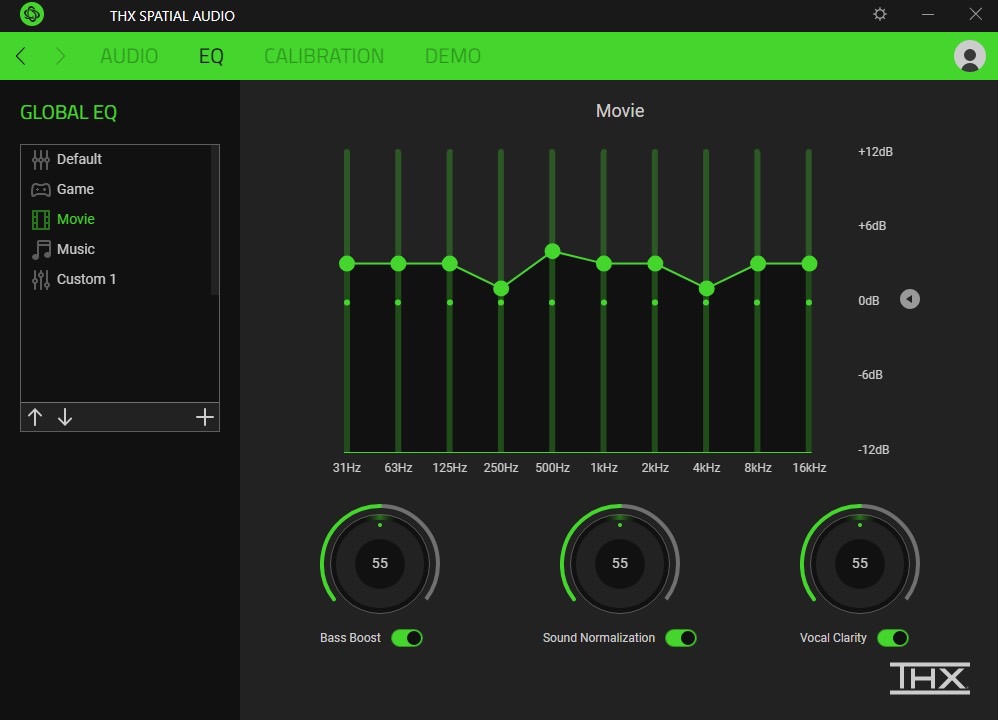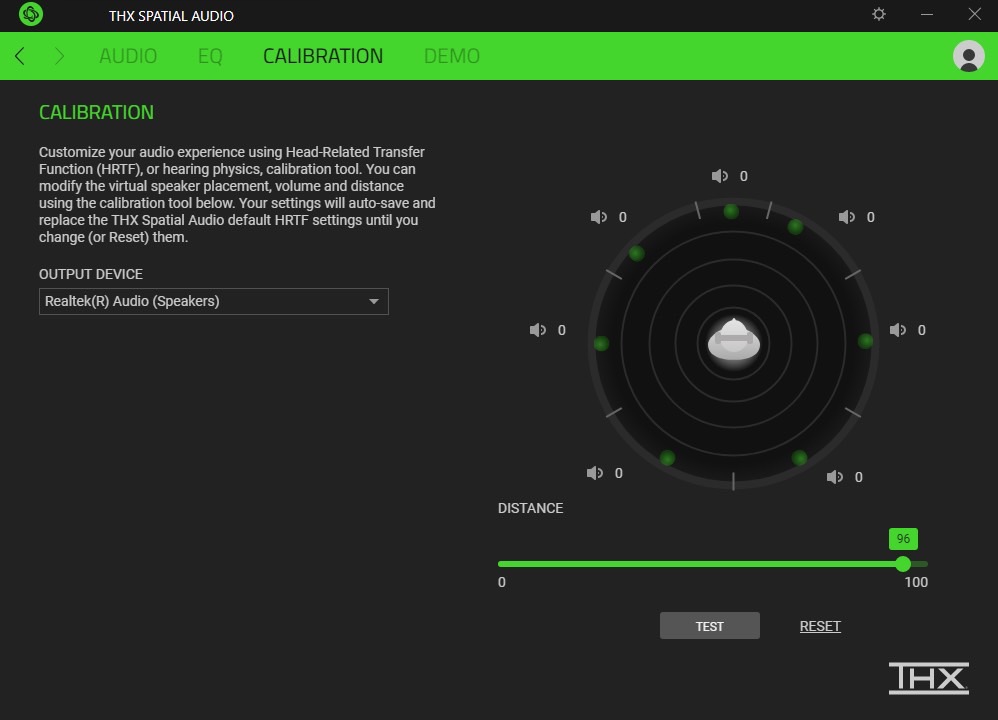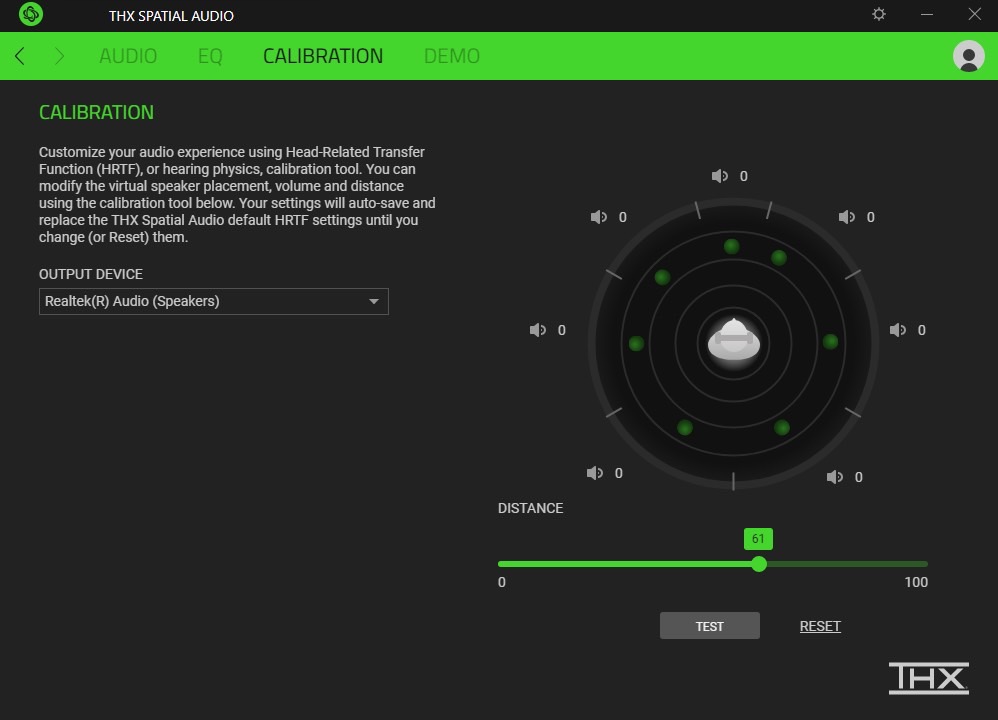The goal of any home theater surround sound system is to create a sense of space. When watching movies or TV shows — especially those with 5.1 or 7.1 soundtracks — a good sound system places you in the middle of the action, with audio that appears to come from the screen, the sides of the room, and even behind you. When it’s done right, it can be pretty magical.
But not everyone has the space or the money to create their own dedicated surround sound setup. Even budget surround soundbar systems cost at least $300 — and that price jumps up quickly when you start to contemplate A/V receivers and dedicated wired speakers.
That’s what makes THX Spatial Audio such an intriguing concept. For the price of a $20 download, THX claims its
If it works as promised, it could be the best $20 entertainment investment you’ll ever make. To find out, I spent two weeks watching movies and listening to music using both the THX
Surround sound from two speakers?
First things first. You may be wondering how it’s even possible to get surround sound from a set of
But a combination of two sound principles — binaural audio and head-related transfer function (HRTF) — can be used to trick our brains into thinking that what we’re hearing through two speakers is actually coming from multiple locations around us. This “virtual” surround sound is a little like 3D glasses for our ears.
THX didn’t discover these sound principles, and its
Can any audio work with Spatial Audio?
Yes, although the results will be different depending on what you’re listening to. Surround sound movies or TV shows in 5.1 or 7.1 are the ideal material because they’ve already been mixed to provide an immersive experience. A surround sound A/V receiver knows how to split these channels apart and send each one to the correct speaker in your room. THX
Two-channel stereo, which is used for almost all music tracks and many older TV shows, doesn’t have that extradimensional information, so the
Is there a difference?

Yes. The THX Spatial App is a software-only solution that can work with any sound card, any audio driver, and any
Embedded THX
How does it sound?
I found that the embedded THX
Curiously, the embedded THX app has more controls for how music sounds than the Windows 10 app, with virtualized presets like Pop Arena, EDM Night Club, and Jazz Cafe. These settings create soundstage changes you can hear, but whether or not they actually improve your enjoyment of your music will be subjective. For me, they were not an improvement over traditional stereo.
The THX Spatial App for Windows 10 is a different story. Flipping the switch in the THX app from stereo to
Watching action movies like John Wick and Captain America: Civil War — both of which stream on Netflix with 5.1 soundtracks — is a real treat. Instead of having the dialogue, background music, and sound effects on the same plane as your ears, they spread out, producing a convincing movie theater-like experience.

As John Wick practices high-speed maneuvers in his prized Mustang Mach 1, you can feel the way the engine sound changes as we switch between in-car shots of Wick driving and the outside shots as the Mustang careens around an airstrip. In stereo mode, these changes of perspective are notable only for the difference in volume, but when
When Wick is forced to confront a dozen armed intruders in his home, the gunshots echo instead of sounding like flat bangs.
It’s worth keeping in mind that as good as this enhanced sense of space is — and it really does make a big difference — it’s not a total reproduction of a discrete 5.1 or 7.1 home theater system. The soundstage tends to place you at the back of a viewing room, not the middle, so most surround sounds feel like they are coming from the sides, and only rarely did I sense them from “behind” me.
Another benefit of the Windows 10 app is that it lets you decide how you want to experience
Using a movie preset with enhanced bass makes a lot of sense when watching Netflix, but these are not the settings I’d choose for listening to music via Tidal. The embedded THX
Conclusion
While the embedded version of THX
As audio investments go, it might indeed be the best $20 you’ll ever spend.
Editors' Recommendations
- Spatial audio via headphones: how science crams 9 speakers and a subwoofer inside your head
- Enclave Audio’s CineHome Pro is the first THX-certified wireless speaker system









